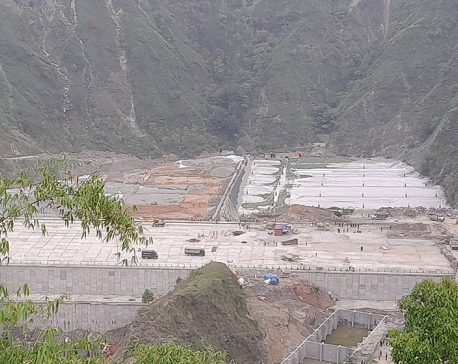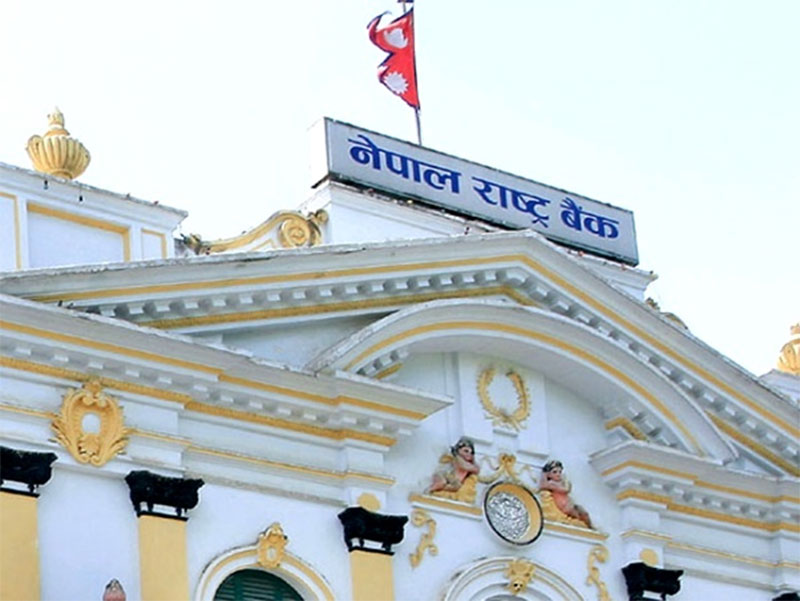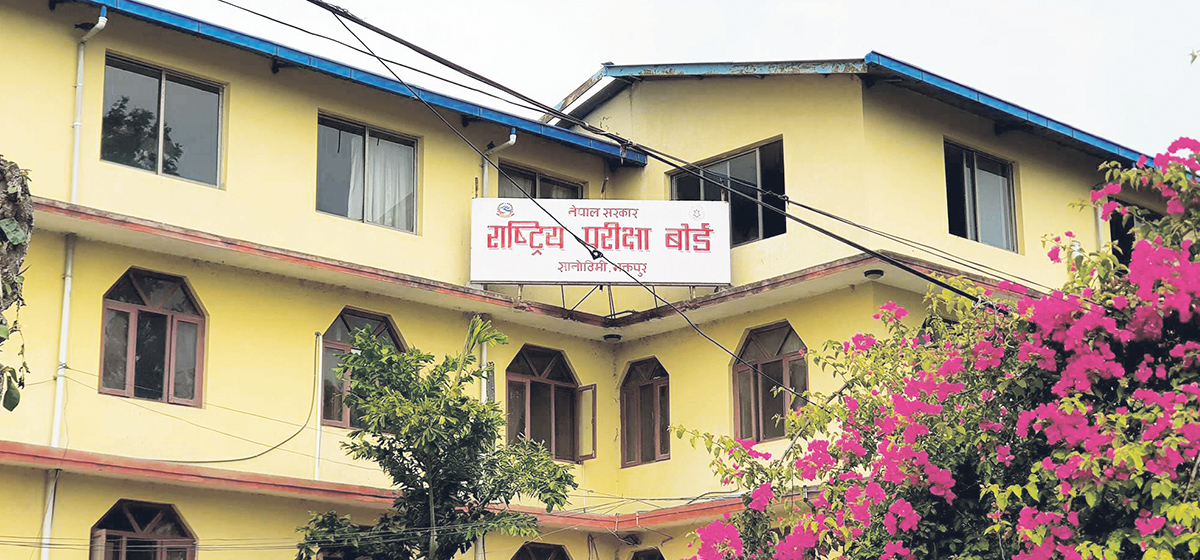
OR
KMC preparing to expand anti-child labor drive
Published On: November 29, 2016 12:10 AM NPT By: Gyanu Sapkota
KATHMANDU, Nov 29: The Kathmandu Metropolitan City (KMC) is planning to declare four more wards as child labor-free zones after its first experimental project in Ward No 31.
Officials at the KMC said they are preparing to implement child labor-free programs in 6, 9, 13 and 29 wards.
The anti-child labor drive initiated in the Ward No 31 of KMC, however, has turned ineffective due to lack of rigorous follow-up to check whether it was implemented effectively or not, said KMC sources. On June 12, 2016, the KMC had declared Ward No 31 as child labor-free zone on the occasion of World Day Against Child Labor.
“We became successful in initiating the program but the monitoring and follow-up are not being executed,” said Sudarshan Bhattarai, administrative chief of Ward No 31. “It was done with small budget.”
The law restricts the use of children below 14 years in any domestic work or other kinds of labor. The ward was declared as child labor free in business sector. “We did not include domestic helps in the program as it is complicated to settle down and rehabilitate the children with alternative management,” said Sunita Pokhrel, officer at the Social Welfare Department of the KMC.
A total of 1,226 houses were surveyed in course of the launching the program in Ward No 31. The field inspection conducted in the presence of community police, ward monitoring team and other non-governmental organizations had found 14 child laborers working in various tea and juice shops.
Children of Indian origin were mostly found working at juice shops run by Indians.
“In some tea shops, those children seemed to be of about 11 years but the shop owners produced their birth certificate of above 14 years of age to avoid the legal hassles,” said Bhattarai.
“It is very difficult to deal with the issue of child domestic helpers. The ward office has to consult with the police to raid the houses for examining the status of the children. People from the ward cannot go directly to the houses of the locals to find about child labor,” said Bhattarai.
You May Like This

Locals threaten to obstruct dumping of garbage in Banchare Danda from August 17
KATHMANDU, July 28: The locals of Banchare Danda have announced that they will not allow the Kathmandu Valley’s waste to... Read More...

KMC comes up with drive to clear footpaths of business
KATHMANDU, May 8: The Kathmandu Metropolitan City (KMC) has started removing footpath shops. The drive began from the Ratnapark area will... Read More...

Drive against jaywalking to expand across valley
KATHMANDU, June 2: The drive against people crossing the road haphazardly that has reportedly become effective in just four days... Read More...







Just In
- NRB to provide collateral-free loans to foreign employment seekers
- NEB to publish Grade 12 results next week
- Body handover begins; Relatives remain dissatisfied with insurance, compensation amount
- NC defers its plan to join Koshi govt
- NRB to review microfinance loan interest rate
- 134 dead in floods and landslides since onset of monsoon this year
- Mahakali Irrigation Project sees only 22 percent physical progress in 18 years
- Singapore now holds world's most powerful passport; Nepal stays at 98th











Leave A Comment